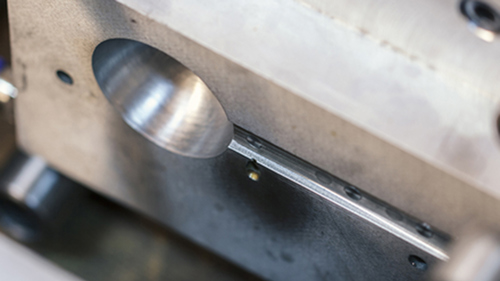Injection moulded plastic components are widely used by many businesses and industries. As these organisations look to improve their environmental, social, and corporate governance (ESG), they want to make sure every part of their supply chain, production processes and products is as sustainable as possible.
As such, injection moulding manufacturers need to do the same. Whether it's reducing their carbon footprint, using renewable raw materials or implementing a closed-loop control system, injection moulders are already taking action to make their businesses greener.

This article from Essentra Components will answer the question 'is injection moulding sustainable?' and explain how to choose and use plastic components without affecting your ESG.
- Is injection moulding bad for the environment?
- Is injection moulding good for the environment?
- How can the injection moulding production process be made greener?
- How can manufacturers reduce the environmental impact of plastic components?
- What is closed-loop recycling in injection moulding?
- How are injection moulders decarbonising?
- Why are injection moulders working to be more sustainable?
- How do you identify a sustainable plastic injection moulding partner?












National Gas receives funding to develop Gravitricity underground hydrogen storage system
One single rock salt mine - Winsford - has 23 <i>MILLION </i>cubic metres of void and even allowing for 10% of that void set aside for hazardous waste...